India is a country where every occasion is celebrated with vibrancy and great delight. Amongst these occasions and celebrations, marriage is considered to be both joyous and sacred as it is the auspicious occasion of two souls coming together to spend the rest of their lives together.
Like every Indian wedding, Assamese wedding rituals are deep-rooted with the state’s culture and traditions. Every custom in their wedding ceremonies says something about their beliefs and values.
The ceremony is known as ‘Biya’ in the Assamese language and goes on for a span of 2-3 days.
One of the prominent features of the Assamese wedding is the tradition of singing songs known as ‘Biya Geet’ or ‘Biya Naam’. These traditional songs are sung by the women throughout the pre-wedding and post-wedding celebrations.
Also, blowing of the conch and ‘Uruli Kuruli’ is a prominent element where a sound is made by the women by rolling their tongue inside their mouth.
An Assamese wedding is one of a kind and assures bliss with its culturally deep-rooted traditional ceremonies.
Let’s take a closer look at the rituals that make Assamese weddings different from other Indian weddings.
Recommended Story – Tamil Wedding Rituals
Pre-Wedding Celebrations
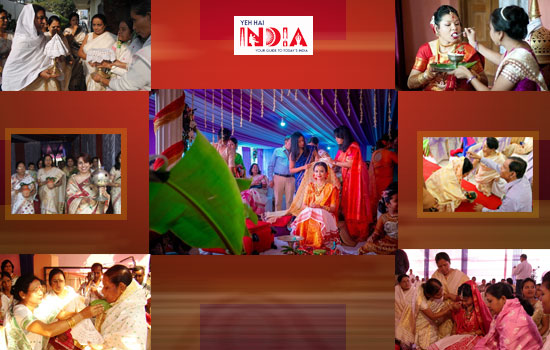
Juran Diya
Juran Diya is the first ceremony of the wedding and it takes place one or two days before the wedding.
During this ceremony, the groom’s mother visits the bride with other females of her family and gifts her betel leaves and nuts, known as ‘Pan and Tamul’. The bride is also gifted Gamusa, a traditional white and red coloured Assamese cloth.
Also, on the same day, strings of mango leaves are tied on every door of the house to absorb negative energy and give out positive energies.
Tel Diya
The Juran ceremony is followed by the next ritual called ‘Tel Diya’. In this ceremony, the groom’s mother places a ring and betel nut on the bride’s hair parting.
In an Assamese wedding, it is not the groom who puts vermilion on the bride’s head but his mother.
During Tel Diya, the mother-in-law pours oil on the bride’s head and applies vermilion on her hair parting which the bride is meant to wear from that moment itself. The groom’s mother then gifts the bride a beautiful trousseau with sarees, utensils, jewellery, etc.
The Bride and Groom’s Elegant Wedding Attire
The Assamese traditional bridal dress is known as ‘Mekhla Chadar’.
The attire is usually made of Muga silk, a specialty of Assam. Though the traditional wedding dress has now been modernised and comes in variations, the actual attire mostly has the base of off-white colour with gold and silver zari work on the top.
The traditional wedding attire of the groom is a set of Kurta, Dhoti and Chelang (an Assamese shawl that is to be draped around the neck). He also wears a flower garland along with a garland made of Indian Basil (Tulsi) leaves and stems.
The Wedding Day
The big happy day of the wedding begins with traditional ceremonies right from the morning and goes on until the couple sits in the mandap to perform further rituals. Here is what happens on the wedding day:
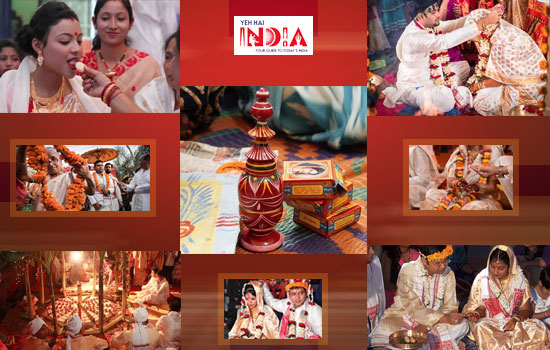
Pani Tula
The day begins with the Pani Tula ceremony during which the mothers of both bride and groom collect water from a nearby pond or river for a ceremonial bath.
Both of them carry a brass pot with lighted Diya placed on the heap of rice, betel leaves and nuts along with a knife and a coin.
The knife is meant to be tied to the Gamosa throughout the wedding and the coin is given to the bride or the groom.
Daiyan Diya
In this ritual, the groom’s family sends a bowl of sweet curd to the bride’s house. The curd is half-eaten by the bride and half is sent back to the groom’s house. This ceremony is considered to be lucky for the couple and also spreads love.
Recommended Story – Maharashtrian Wedding Rituals
Nau-Purush Shraddha
During this ritual, homage is paid to the past nine generations of the paternal family of both the bride and groom. Fathers of the couple perform this ceremony and ask for blessings from their ancestors.
The Ceremonial Bath or Nuoni
Both the bride and groom receive the ceremonial bath with the water fetched by their mothers during the first ceremony of the day.
Nuoni is quite similar to the Haldi ceremony celebrated in almost all Indian weddings. A paste of oil, curd and turmeric is applied to the bride and groom in their respective homes by their mothers, followed by other members of the family.
Reception
Another ritual that makes the Assamese wedding differ from others is the fact that their reception party is held before the wedding ceremony.
The Groom Arrival
The arrival of the groom is a fun-filled ceremony where the groom arrives with his friends and family dancing all the way to the wedding venue. The groom is welcomed by the bride’s mother and other family members who remain at the entrance to welcome him.
Dora Aaha
This ritual adds up to the fun and happiness of the wedding day, as the Groom is teased and asked to pay a certain amount of money to enter the venue.
Bhori Dhuwa
The groom is welcomed by his mother-in-law with a traditional plate of Aarti and the bride’s sister washes his feet.
After the ceremony, the groom is not allowed to step on the ground and so the bride’s brothers carry him to the stage.
The bride is given ‘Panchamrit’ (a mixture of ghee, honey, sugar, raw milk, and curd) as she enters the stage as well.
Biya or The Wedding Ceremony
The main ceremony begins with the Jaimala ceremony, followed by the well-known rituals of Kanya Daan and Saat Pheras.
All the family members sing the traditional ‘Biya Naam’ songs and further bless the couple and wish them a happy married life.
The Post-Wedding Ceremonies
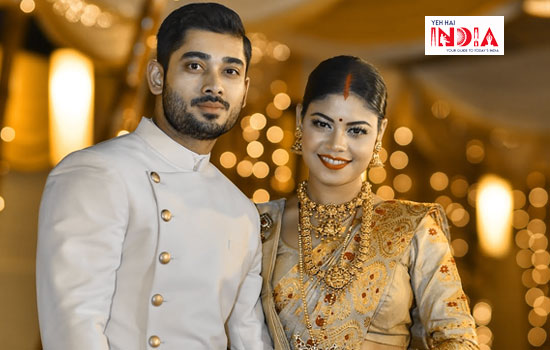
Khel Dhemali
The post-wedding celebrations always works as an icebreaker for the newly-weds. The ritual of Khel Dhamali includes fun games like finding the ring from a milk filled plate.
The whole family along with the couple enjoys and makes new happy memories to celebrate the beginning of a new phase in their lives.
Maan Dhora
The couple seeks blessings from all the relatives and family members by touching their feet together. The couple is then presented with gifts and presents in return.
Bidaai
Bidaai is the most emotional part of every wedding ceremony where the bride has to leave her house and begin a new life with her husband.
The ritual includes the rice throwing ceremony where the bride throws a handful of rice over her shoulder. The bride then bids a tearful goodbye to her family and the couple leaves for the groom’s house.
Ghor Gosoka
The ritual of Ghor Gosoka is followed to welcome the newly-weds into the house, especially the bride. The bride is made to place her feet on a dish containing milk and enter the home by breaking a clay lamp or Saaki.
The bride is shown around her new home after performing a few traditional customs and then she’s sent back to her paternal home.
Khuba Khubi
The groom visits his wife’s house the next day to practice this ritual. The priest arrives and tells the couple a sacred story of two goddesses, Khuba and Khubani.
After this ritual, the couple seeks blessing from the Gods, attends the evening reception and the bride finally leaves her parent’s house.
Assamese weddings are grounded yet so amazing. The simplicity and the deep-connection with the roots brings out the beauty in an Assamese Wedding.
Have you ever been a part of an Assamese wedding?
If yes, let us know what did you find as the best part about it in the comments below!
Also Read – Marwari Wedding Rituals


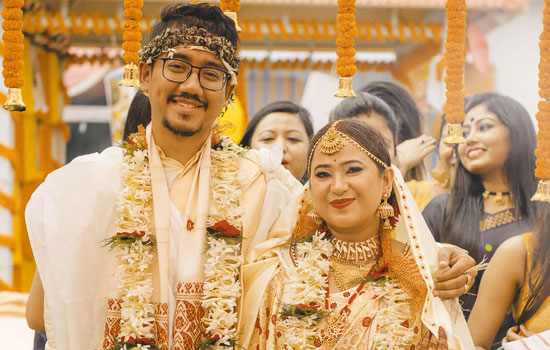


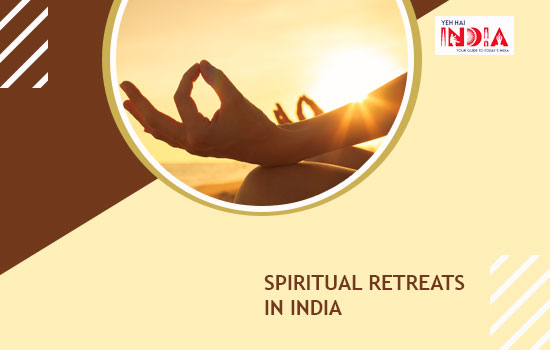

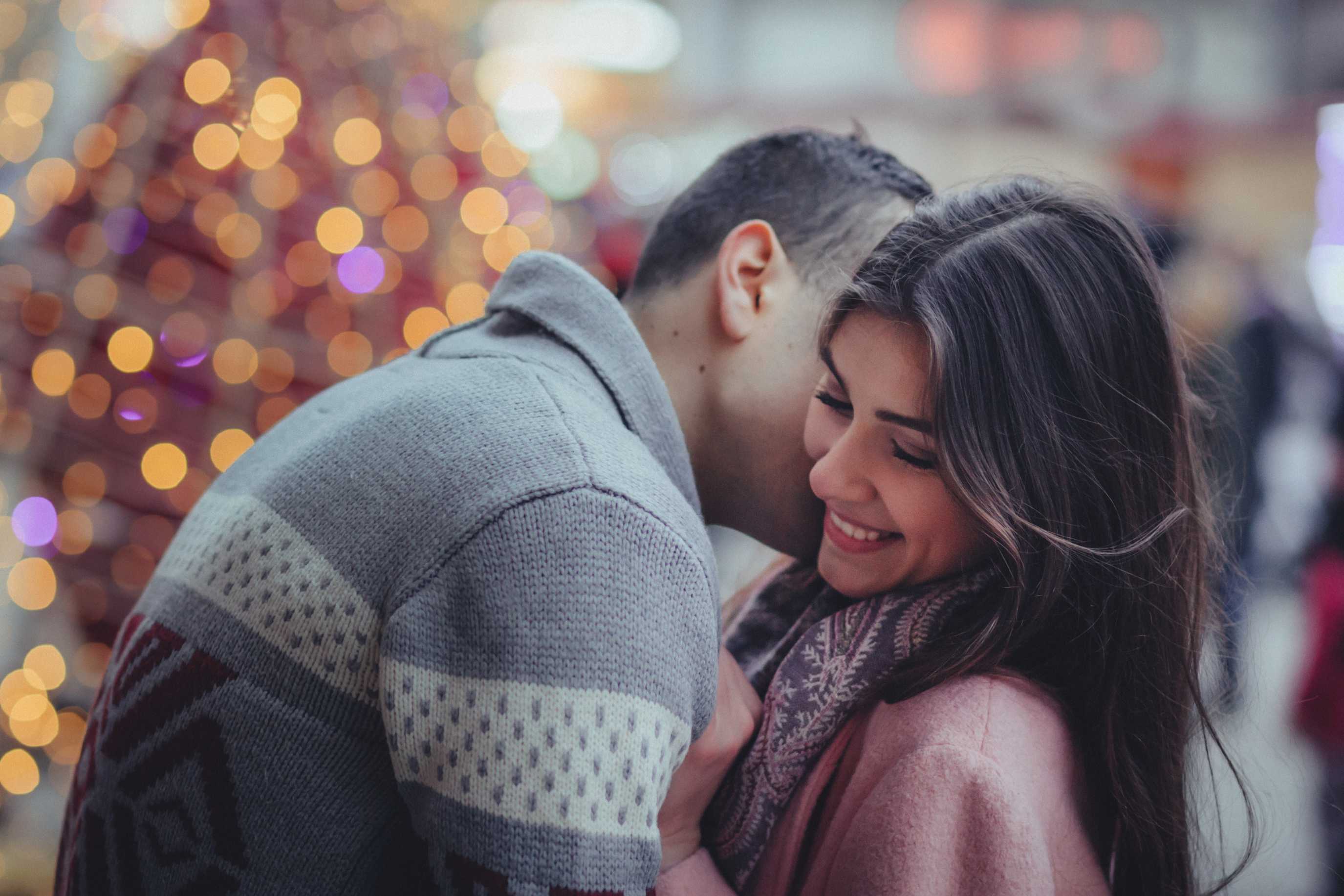

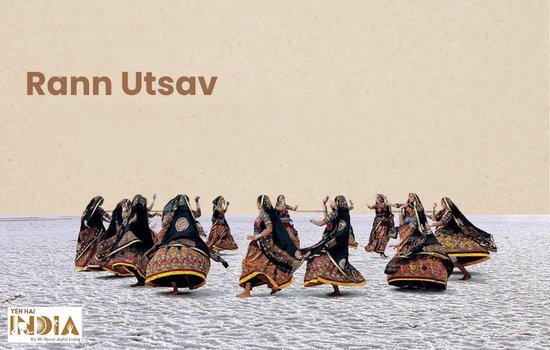
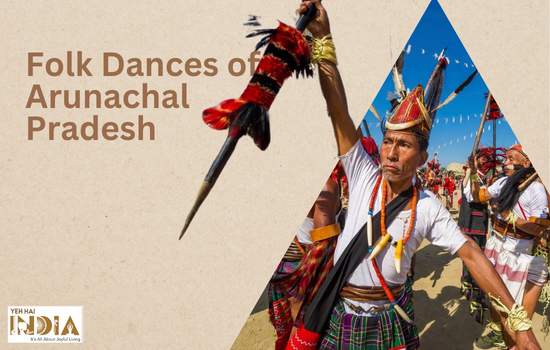
IS ITOPT FOR ASSAMESE BRAHMINS ALSO ARE SOME RITUALS DIFFER FROM IT
Assamese Ring Ceremony 2